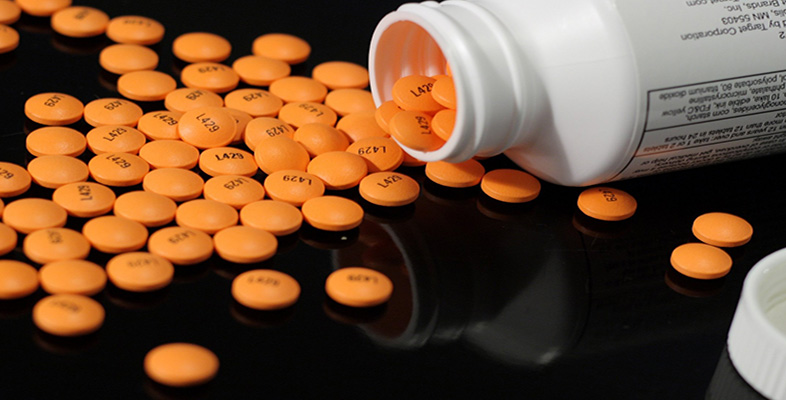7 Enzymes
7.1 Enzymes: nature's catalysts
It will probably come as no surprise to you that chemical reactions, including the conversion of arachidonic acid into prostaglandin, do not occur instantaneously and the rate at which they take place can be very variable. Some reactions are over in a flash, such as the burning of gunpowder, and others take months, such as rust formation on a car. All chemical reactions can be speeded up by increasing the temperature of the reactants. In the laboratory one often ‘cooks’ reaction mixtures for, say, 30 minutes at 100 °C to make them react at a useful speed. However, the human body does not have this facility and has found alternative ways of speeding up the many chemical reactions that it needs to carry out.
Nearly all of the chemical transformations that go on in the body are helped along by enzymes. Enzymes are nature's catalysts, enabling otherwise slow reactions to occur rapidly. Enzymes are very effective at their job, enabling large numbers of reactions that would otherwise require quite extreme conditions, to be carried out in the body. Like all catalysts, enzymes are not used up or changed by the reactions they are speeding up. They are also highly specific in their action so many different enzymes are required to cope with all the different chemical reactions needed to keep our bodies working. For example, enzymes known as lipases assist with the digestion of fats by increasing the rate of hydrolysis of the ester groups within the fat molecules. The enzyme cyclooxygenase (COX) catalyses the formation of prostaglandin from arachidonic acid.
